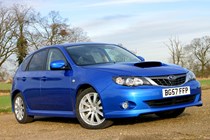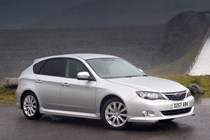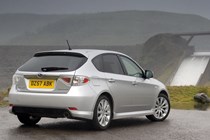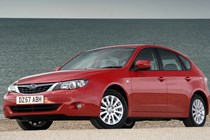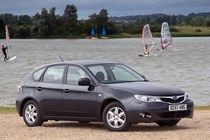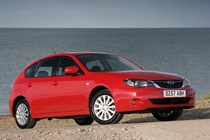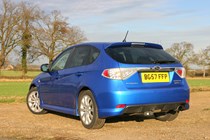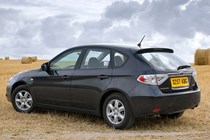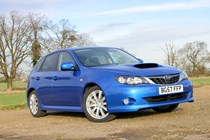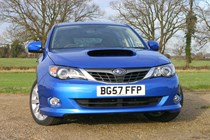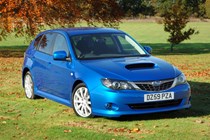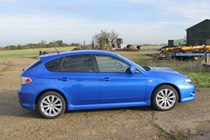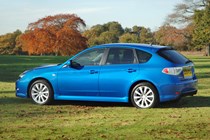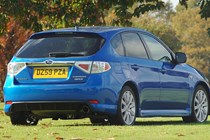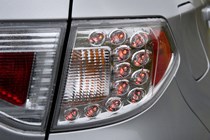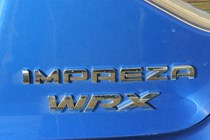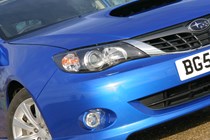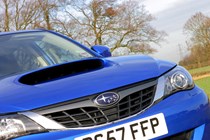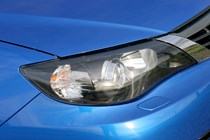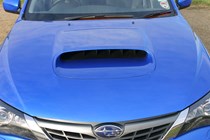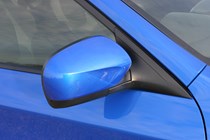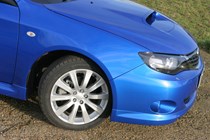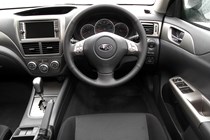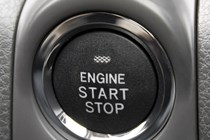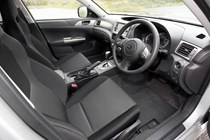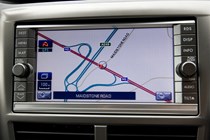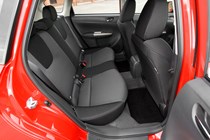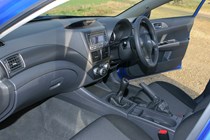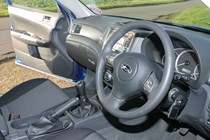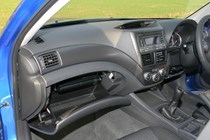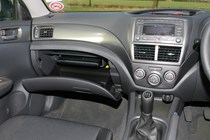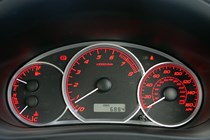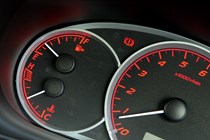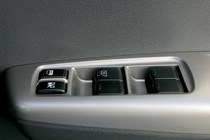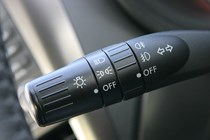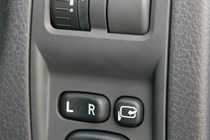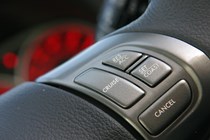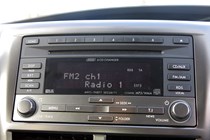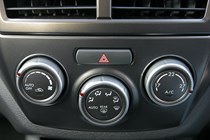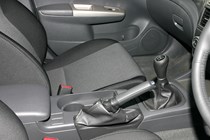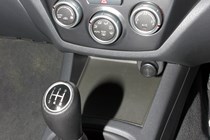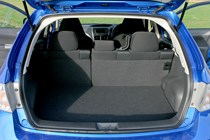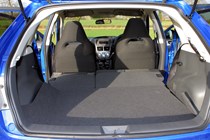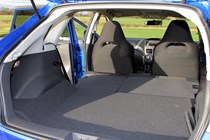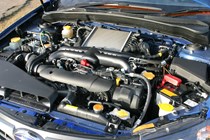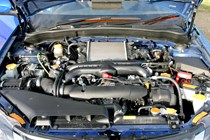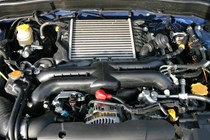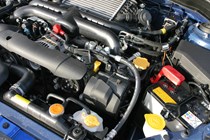
Subaru Impreza Hatchback (2007-2012) engines, drive and performance
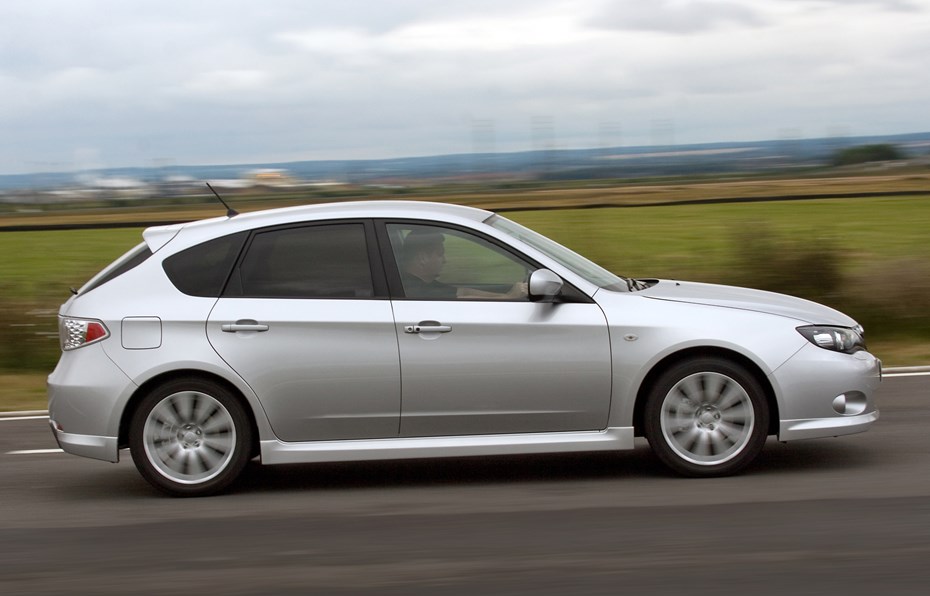
One part of the Impreza package that’s as distinctive as ever is the 1.5 and 2.0-litre ‘boxer’ engines. They’re willing, smooth and have a distinctive sound. Unfortunately, both suffer from feeling underpowered. The 1.5-litre has just 107bhp, which powers it to 60mph in 13.7 seconds, while the 2.0-litre gets there in 9.2 seconds. Although once up to speed, both engines will cruise contentedly, they need to be worked hard to get there and can feel raucous.
They also lack the punch needed for fast overtaking on A and B-roads. The five-speed manual gearbox gives good, positive changes. A four-speed semi-automatic is optional. It feels slightly old fashioned and is often left wanting under heavy acceleration or when faster changes are needed on B-roads. Turbocharged WRX models with 233bhp or 255bhp (in S models) became available in limited numbers in November 2007.
These cars develop the same maximum power and torque of the previous WRX, but reaches these peaks lower down the rev range so deliver rapid performance is a slightly more relaxed way. It’s still rapid – a good half a second quicker than a Ford Focus ST from 0-60mph – although not quite as fast as the Impreza Turbos of the 1990s.
The Impreza’s big selling point is that it comes with ‘Symmetrical All-Wheel Drive’. To most buyers that will mean absolutely nothing and negate what Subaru claims is the car’s biggest draw. Essentially it means traction is superb, it corners with supreme confidence and non-turbo models can look after themselves on muddy tracks and in light snow. It works well and is the only car of this size you can buy with it.
Whether that’s enough of a reason to buy it over a more capable small family car is another matter. The steering is power assisted and supposed to get lighter (for town driving) or heavier (on the motorway), depending on your speed. However, although precise, it often feels too light and small turns of the wheel can often result in a greater change of direction than expected.


